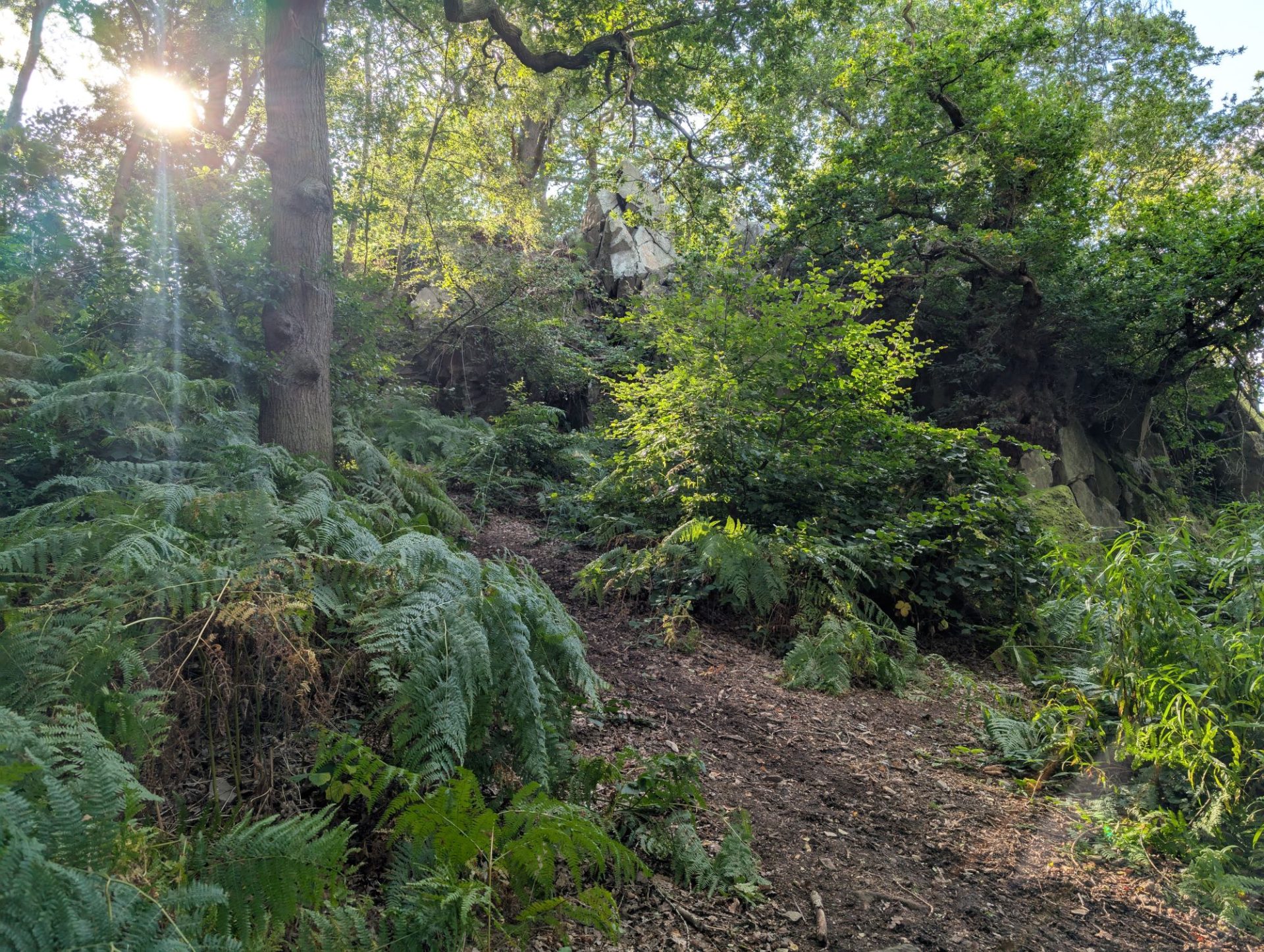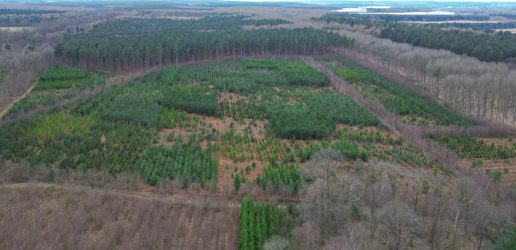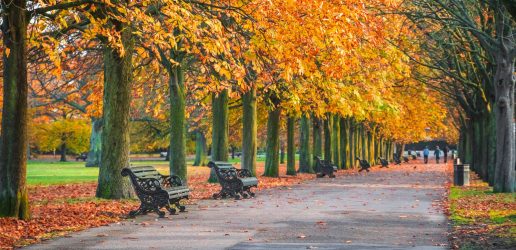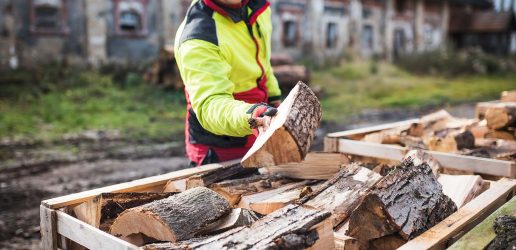In response to the global biodiversity crisis, several targets and commitments have been drawn up to help track progress towards protecting and enhancing biodiversity.
This is also true for our state-owned forests, which account for around a quarter of woodland area in the United Kingdom. The public forestry agencies that manage these forests are legally required to demonstrate their impact on biodiversity.
One major challenge to monitoring and reporting biodiversity trends is finding indicators that are scalable, repeatable and easy to interpret, while also capturing the complex and multi-dimensional nature of biodiversity.

The Forest Biodiversity Index (FOBI)
To address this challenge, Forest Research (FR), Forestry & Land Scotland (FLS) and Forestry England, have collaborated to develop, the Forest Biodiversity Index (FOBI).
The FOBI provides a quantitative, transparent and repeatable method for assessing the biodiversity potential of state-owned forests in Britain using data that is already being collected.
Proxies of woodland biodiversity were identified using expert knowledge and scientific literature. These proxies, known as metrics, include measures of diversity, condition, extent and connectivity. For example, they could be tree age diversity, open habitat cover or woodland size, all of which can be directly influenced by woodland management.
“We summarise the complex information captured by the various FOBI measurements into two combined indices of biodiversity potential,” said Dr Chloe Bellamy, Spatial Scientist at Forest Research.
Metrics are measured locally (in the woodland unit) or at a landscape scale (in a 1 km area around the unit).
Providing these two headline numbers is useful for high-level decision makers, such as policymakers reporting on progress towards biodiversity goals, whilst forest managers and other users can make use of the underlying detail.
Tracking biodiversity potential
FOBI scores are available for every individual state-owned forest in England and Scotland and can be summarised for any reporting region of interest. Regional and national FOBI summary results are also used to explore and report on changes in the biodiversity potential of the forests over time.
“We provide the results as mapped data each year so that users can see how well each woodland scores for the overall combined index and the individual measurements that the FOBI is made up of,” said Andrew Rattey, GIS analyst at Forest Research.
“Planners are able to track the relative performance of each woodland across time – this allows them to identify where management practices are benefitting biodiversity and where potential intervention may be required.”
Open to collaboration
Using the FOBI, Forestry & Land Scotland (FLS) and Forestry England found that for the time periods assessed, 2019 – 2021, results suggest increases in the biodiversity potential of public forests and their surrounding landscapes.
Restructuring our twentieth century plantation forests allows us to introduce greater species diversity and structural complexity and to restore semi-natural habitats,” said Richard Thompson, Native Woodland Ecologist at Forestry and Land Scotland.
By using forest features as biodiversity indicators, the FOBI gives us a transparent, data-driven way to track our progress and indicates the impacts of our management choices on the biological diversity of Scotland’s national forests.
“Forestry England’s mission is to grow forests for all, for life,” said Andrew Stringer, Head of Environment at Forestry England.
“While caring for the nation’s forests for people, nature and the economy we routinely measure our economic performance and the number of visits to the nation’s forests yet assessing biodiversity is a challenge.
We now use the FOBI to understand how our silvicultural and land management choices are affecting the biodiversity potential of our forests year on year, helping us to track progress towards delivering bigger, better, and more connected forests.
The FOBI methodology could be adapted for other forests across the world and the team are looking to collaborate with private woodland and forests.
“We’re now exploring how we can use the FOBI approach to measure and monitor the biodiversity potential of private forests,” said Chloe. “We’d love to partner with other organisations to adapt the FOBI approach for your use.”
‘We’re excited to start exploring the application of the FOBI to a selection of our woodlands with Forest Research,” said Will Johnson, Investment Director at Gresham House.
We’re keen to use the FOBI to better understand and quantify the biodiversity impacts of our management decisions — and apply that insight to shape future actions that benefit wildlife and ecosystems.
To find out more, attend our upcoming webinar or contact Chloe on: chloe.bellamy@forestresearch.gov.uk
Recent News
View All news
Seventeen coniferous tree species show early promise for future commercial timber production in the UK
Researchers have set up a network of nine large scale experiments across the UK to test the suitability of 17 tree species as potential alternatives for future commercial timber production.
Forest Research are looking for people involved in the harvesting, processing, transport, import, or trade of firewood in Scotland to complete an important survey.

New guide to help local authorities conduct a people survey on the social value of their treescapes
A new step-by-step guide to help local authorities, charities and civic societies carry out a people survey to understand social and cultural values related to trees in their area, is now available.

Seventeen coniferous tree species show early promise for future commercial timber production in the UK
Researchers have set up a network of nine large scale experiments across the UK to test the suitability of 17 tree species as potential alternatives for future commercial timber production.
Forest Research are looking for people involved in the harvesting, processing, transport, import, or trade of firewood in Scotland to complete an important survey.

New guide to help local authorities conduct a people survey on the social value of their treescapes
A new step-by-step guide to help local authorities, charities and civic societies carry out a people survey to understand social and cultural values related to trees in their area, is now available.

